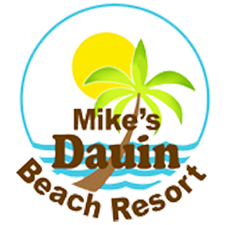1. Octopus’s Garden
Octopus’s Garden
An amazing variety of these 8-legged lovelies inhabit the sandy slopes of Dauin’s shores. Here are just a few you may be lucky enough to encounter.
Greater Blue-Ringed Octopus (Hapalochlaena lunalata)
Their venom is thought to be one of the most powerful neurotoxins in the animal kingdom, which is why we are really careful when we get close. The flashing blue rings are a clear warning to keep clear of its tiny but devastating bite. The Greater Blue-Ringed Octopus is the most widespread of this family, and is found in the shallow sandy beds and slopes, hunting amongst the seagrass and corals.
Coconut Octopus (Amphioctopus marginatus)
The Coconut Octopus loves nothing better than finding a cosy shelter to call home. Typically an empty coconut shell, but they are not particularly choosy, often preferring squalid and unappealing surroundings. We all know someone like that. They can often be found inside old pipes, cans and basically anything into which they can crawl into and lay eggs. They have been known to abandon their home, and eggs, if they are disturbed, so they are best approached with care.
Wunderpus (Wunderpus photogenicus)
The aptly named Wunderpus is a spectacular creature, able to use its incredibly long and flexible tentacles to mimic other fish and marine creatures. It stalks about at dusk and dawn usually, inspecting holes and tunnels in the sand and seagrass for tasty snacks. Telling them apart from the almost identical Mimic Octopus is almost impossible. Apparently the Mimic does not have such a frilly leading edge to the main tentacles.






Leave a Reply
Want to join the discussion?Feel free to contribute!